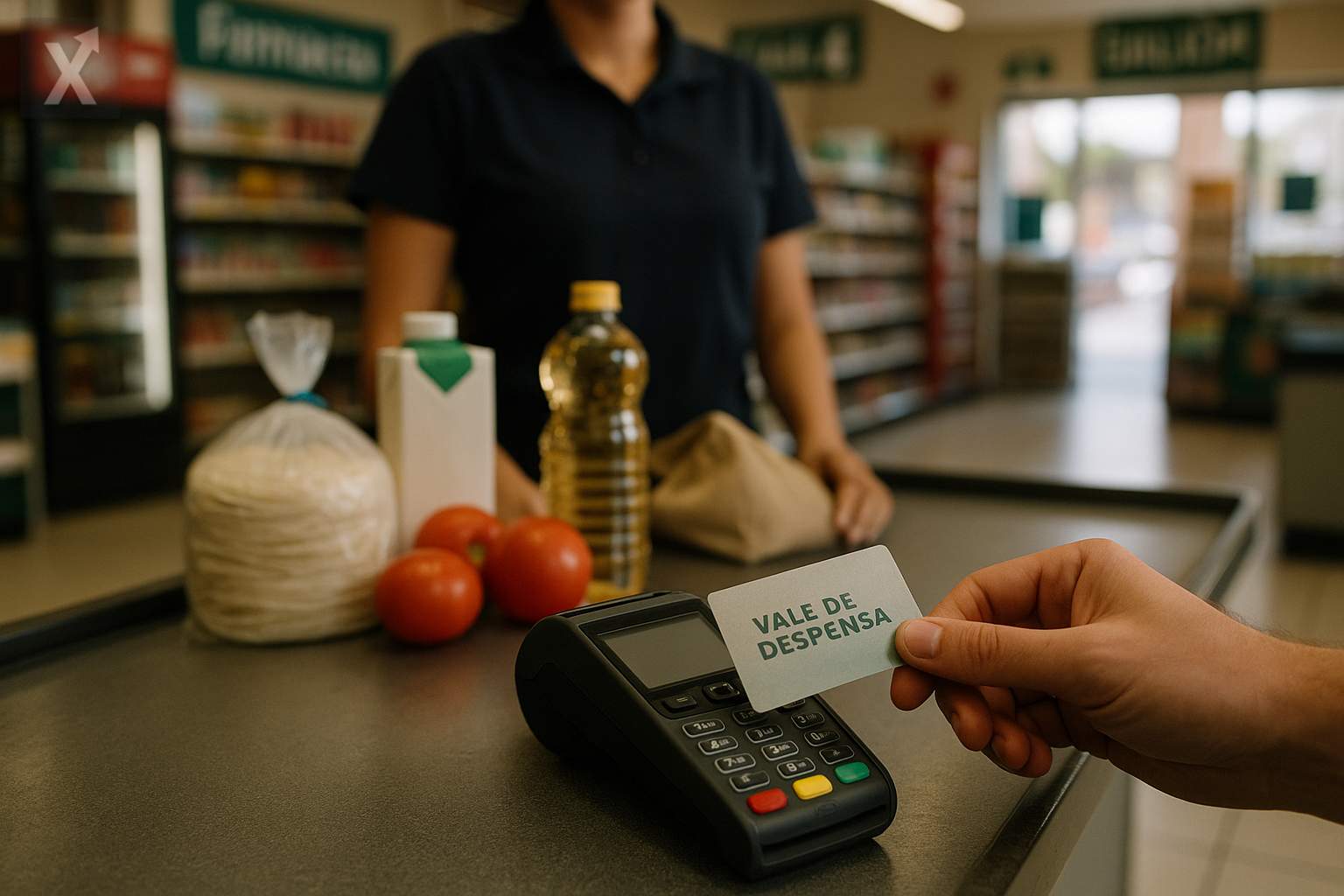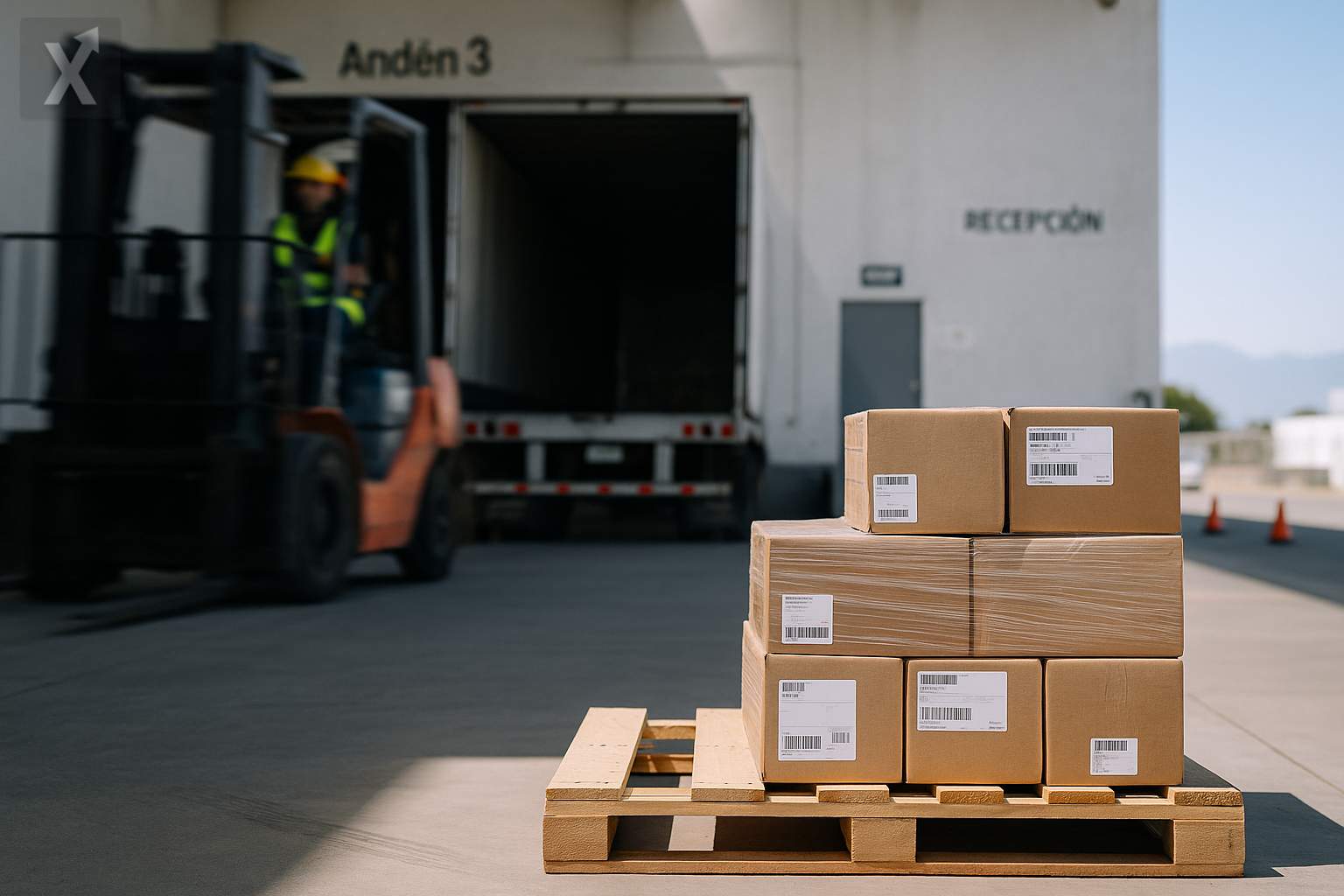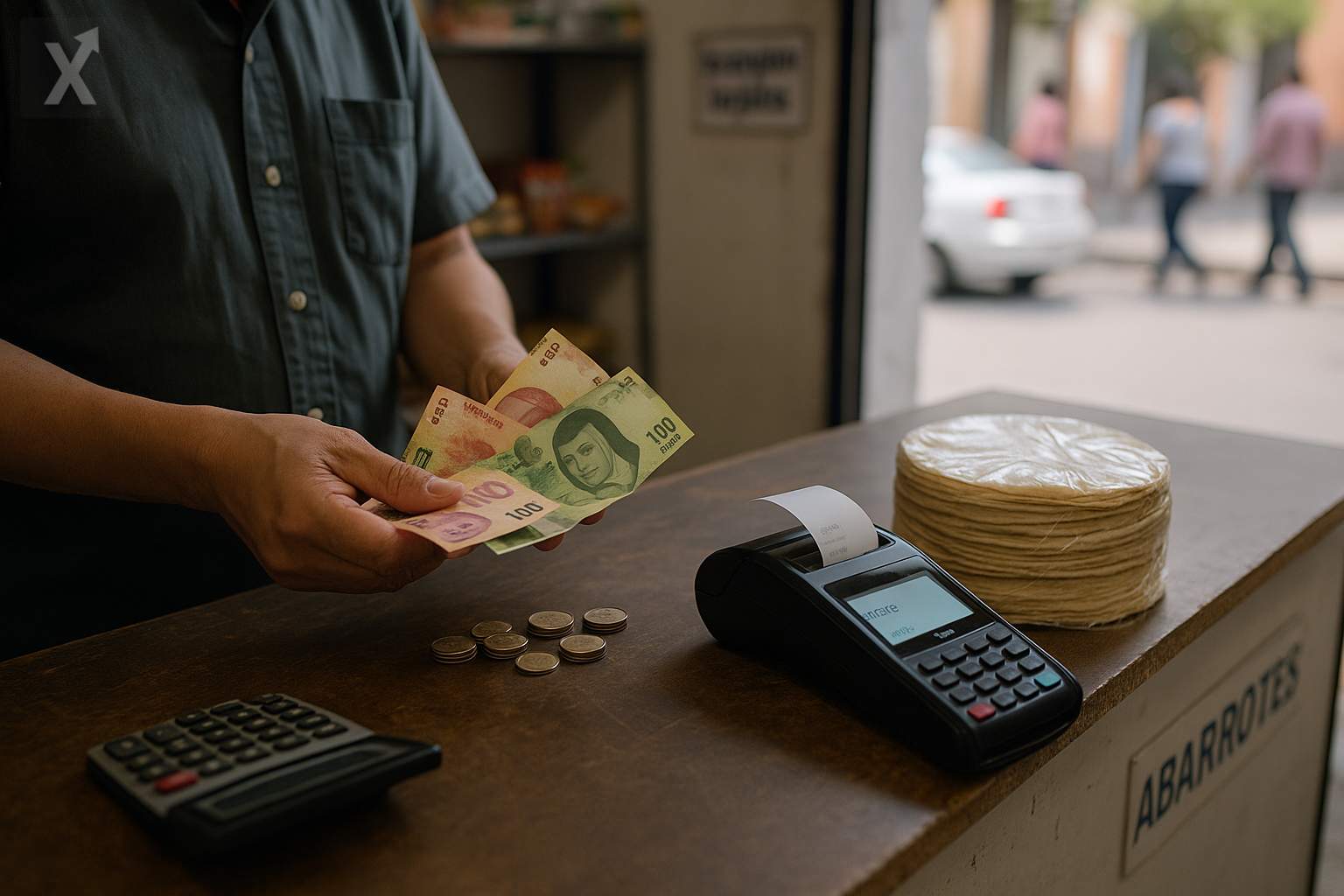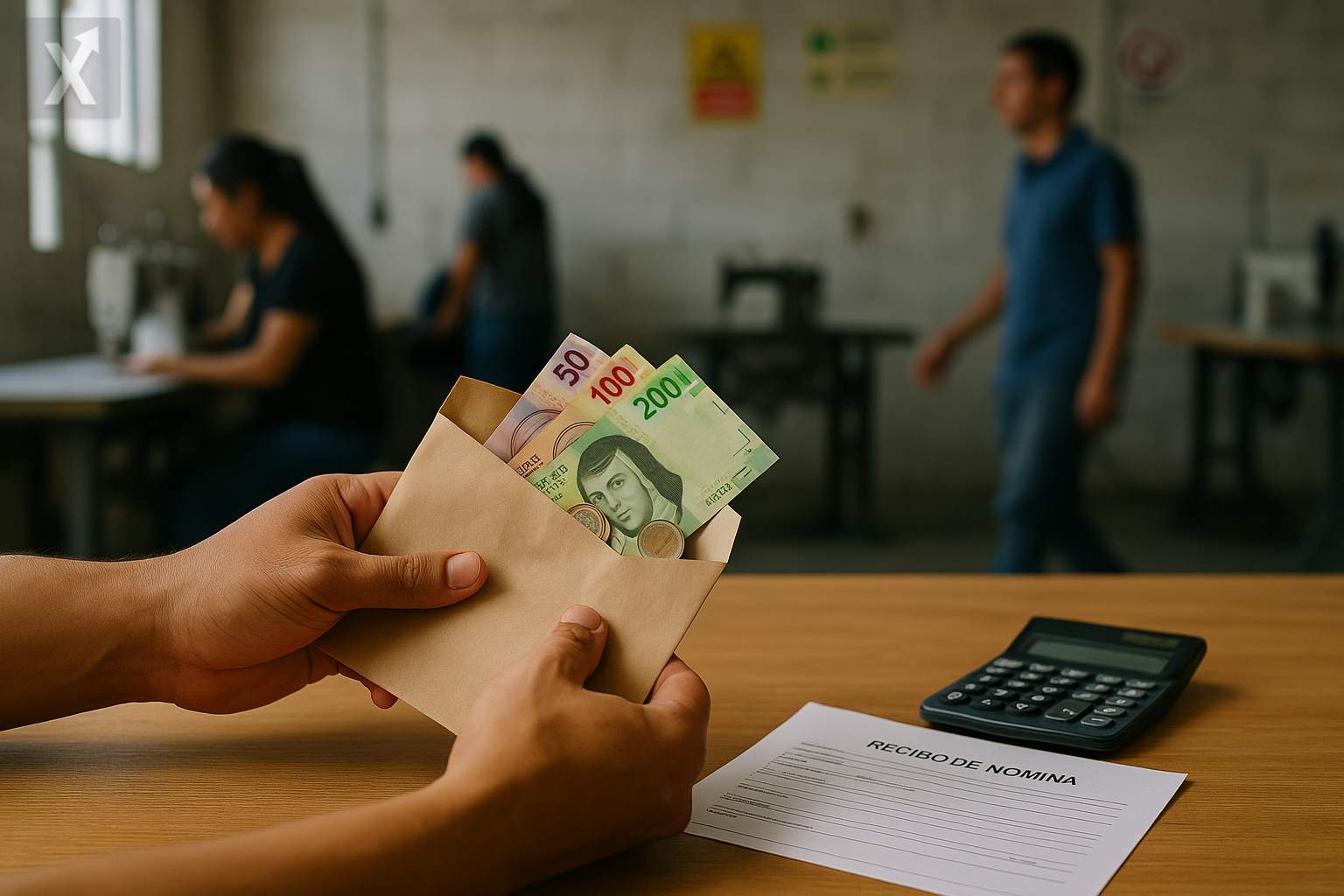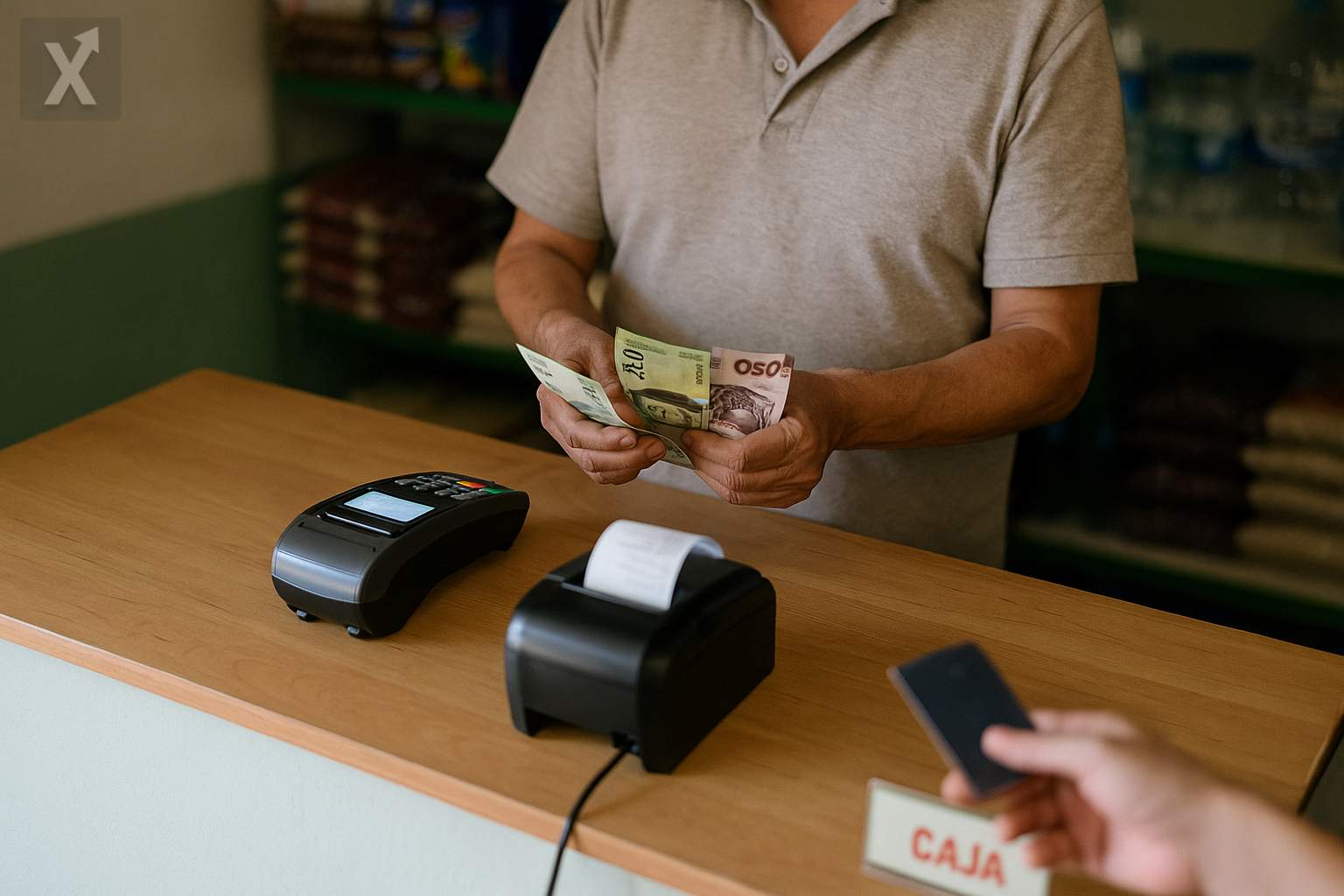IGAE Surprises on the Upside in August Thanks to Agricultural Boost, but Slowdown Persists

Mexico’s economic activity registered a monthly rebound of 0.6% in August (seasonally adjusted), marking a turnaround from July’s contraction and coming in well above both the preliminary estimate by INEGI (0.1%) and the market consensus. The gain was strongly supported by a jump in the agricultural sector, while on an annual basis, the IGAE still posted a decline of 0.9%, signaling that the slowdown is not yet behind us.
Official data show agriculture grew by 14.5% compared to July—a surge that tends to be volatile due to seasonal and weather-related factors, so analysts anticipate a normalization in the coming months. In contrast, the industrial components remain weak: industrial output posted its third consecutive monthly decline in August, dragged down by construction and mining; manufacturing has moved in a mixed fashion, shaped by US demand and internal bottlenecks.
In the tertiary sector, services continue to show resilience, supported by rising real labor income, expanding credit, and remittances that remain at historically high levels. However, business confidence is still subdued, given regulatory uncertainty in key industries—such as energy and logistics—and external conditions. The upcoming USMCA review in 2026 and periodic episodes of trade tension with the United States further complicate investment decision-making.
On the fiscal policy front, after a year of increased spending, a reduced impulse is expected in 2025 as public finances consolidate, which could moderate aggregate demand. At the same time, inflation is following a gradual disinflationary path, though services continue to face price pressures, keeping Mexico’s central bank in a cautious stance: the institution has emphasized that any further rate adjustments will depend on a sustained convergence of inflation towards its target—a balance that also influences credit and the exchange rate.
The investment dynamic driven by nearshoring continues to be a key structural support, with new announcements in northern and Bajío states. However, realizing its full potential requires resolving infrastructure bottlenecks—electric capacity, water, transportation, and permitting—and strengthening legal certainty. Progress on these fronts could raise the country’s potential growth and expand productive linkages to SMEs and local economies.
Looking ahead, the baseline scenario points to moderate growth: the domestic market is expected to remain supported by employment, wages, and remittances, while the external sector will depend on the US industrial cycle. Key risks include a sharper slowdown in the United States, climate shocks impacting agriculture, and supply constraints in the energy sector. On the margin, tourism and preparations for the 2026 World Cup could provide a limited boost to services and construction, as long as private investment keeps pace.
In summary, August’s IGAE rebound is good news, but does not dispel cooling signals. The strength of consumption, credit, and remittances contrasts with industrial weakness and waning fiscal traction. Consolidating disinflation, ensuring regulatory certainty, and speeding up infrastructure projects will be crucial for making this rebound sustainable and translating it into higher investment and productivity.
